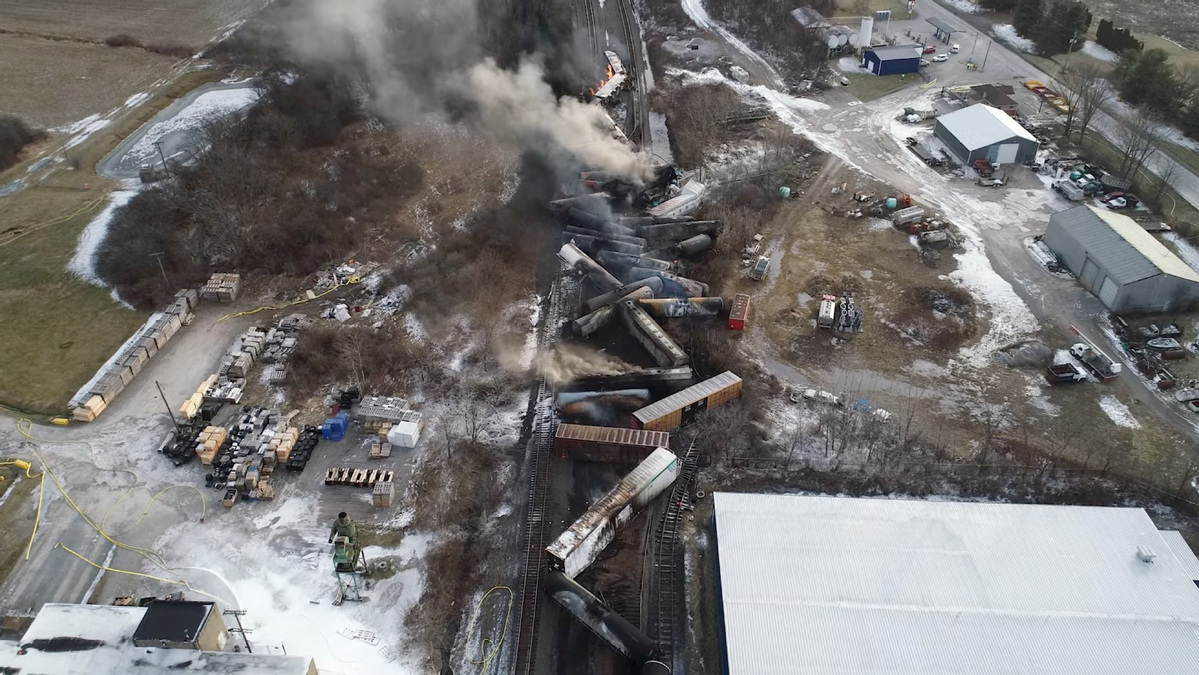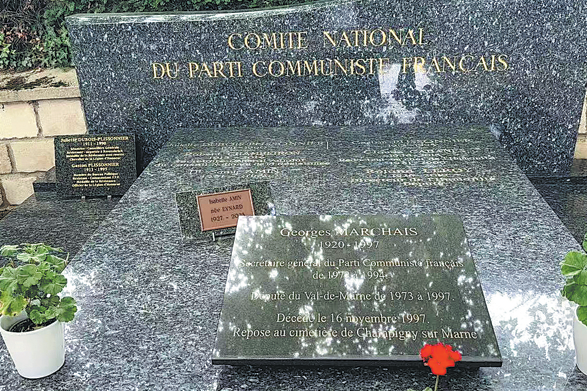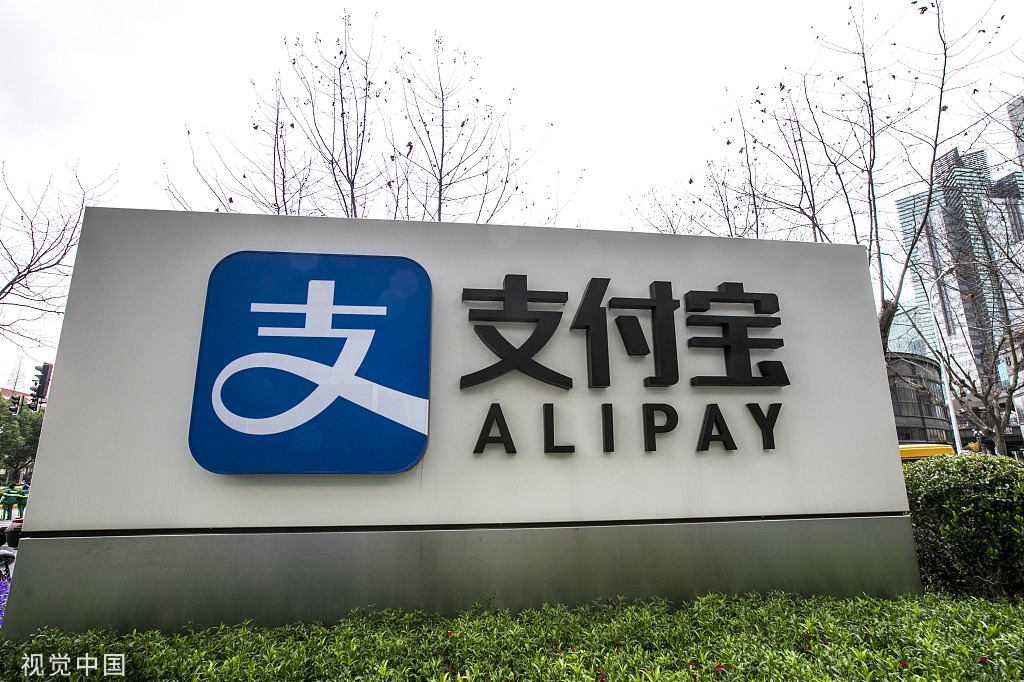Lessons from Ohio and Minnesota


Four months after 400,000 gallons of water containing radioactive tritium leaked from a nuclear power plant run by Xcel Energy in Monticello, Minnesota, in the United States, people in the country have finally been alerted and media outlets have started reporting about it.
Reportedly, Xcel informed state and federal authorities about the leak in late November, but government officials said they were waiting for more information before going public with it.
This incident and news about the derailment of a train carrying toxic chemicals in Ohio, which was not made public until 10 days later in February, peel off the hypocritical "press freedom" cover under which the US hides itself.
True, people in the US have the freedom to start a news organization and spread news, but when it comes to the interests of industry giants and government agencies, the information is surely controlled and its flow curtailed.
It should be noted that 400,000 gallons of contaminated water are enough to fill up over 70 standard containers, or a swimming pool. US officials are expectedly trying to set things right but considering the amount of water leaked it is not going to be an easy task.
What is needed is a detailed report on how much water was leaked and how radioactive it is, how much contamination it caused and how they dealt with it, what caused the leak and what measures should be taken to prevent similar leaks in the future. That is the only way to assure those who live in the vicinity of the plant that all is well.
More importantly, press freedom needs to be truly protected in the US. Only pressure from a free media sector will push companies to take adequate preventive measures to minimize the possibility of such leaks. That should be the lesson drawn from the Ohio and Minnesota incidents.
— Zhang Zhouxiang, China Daily


































